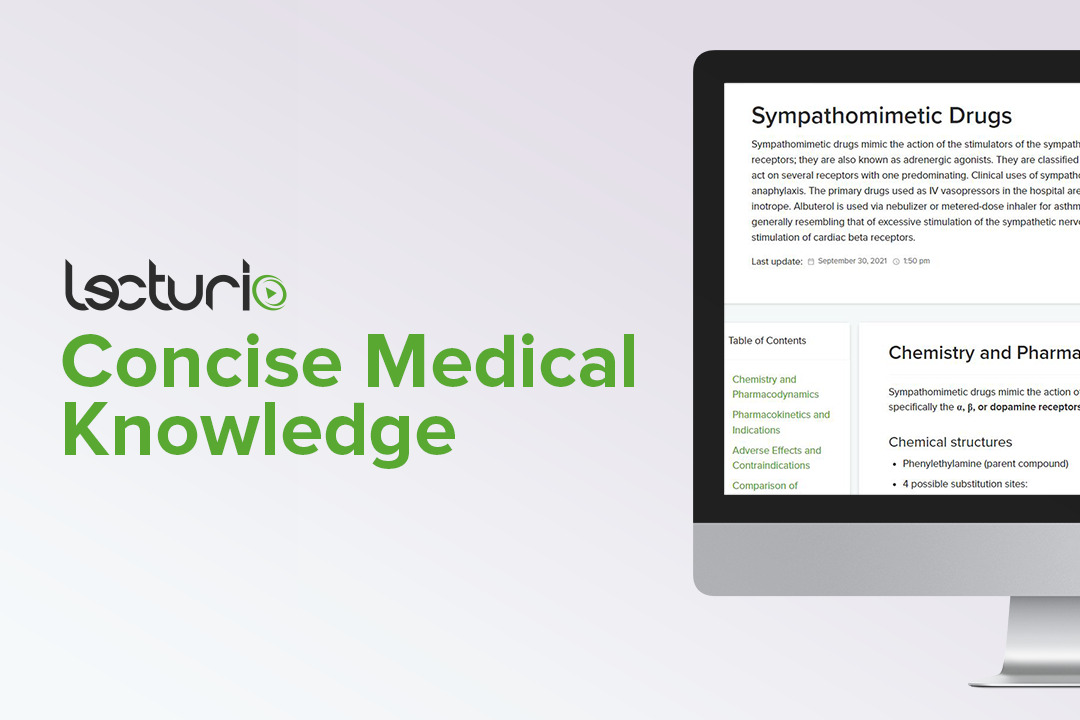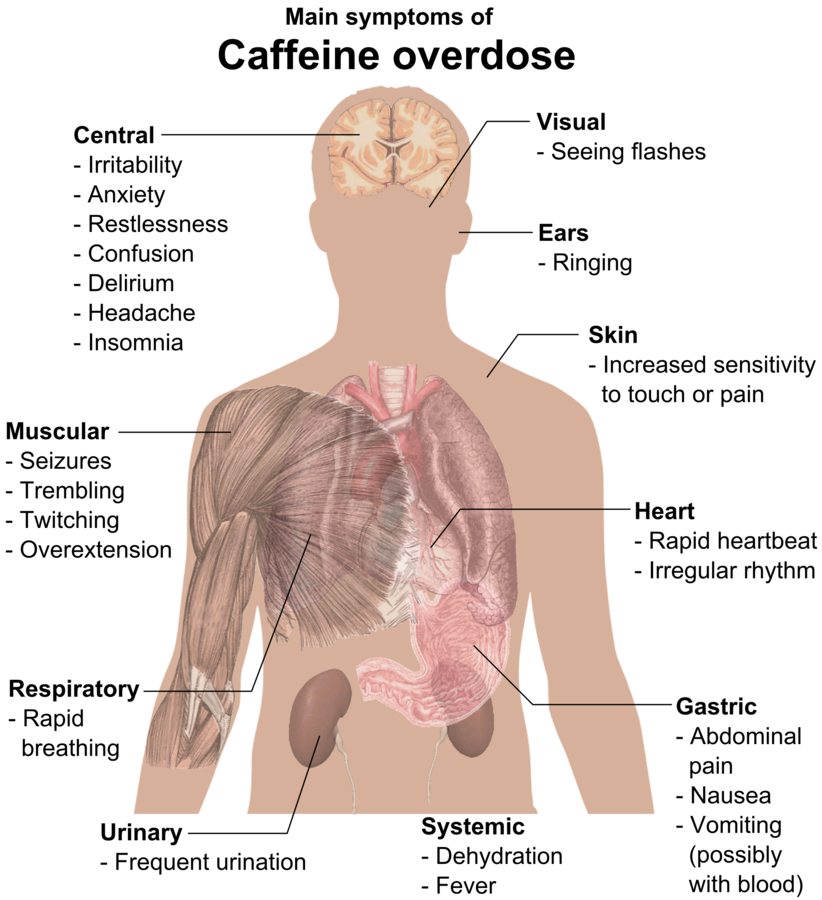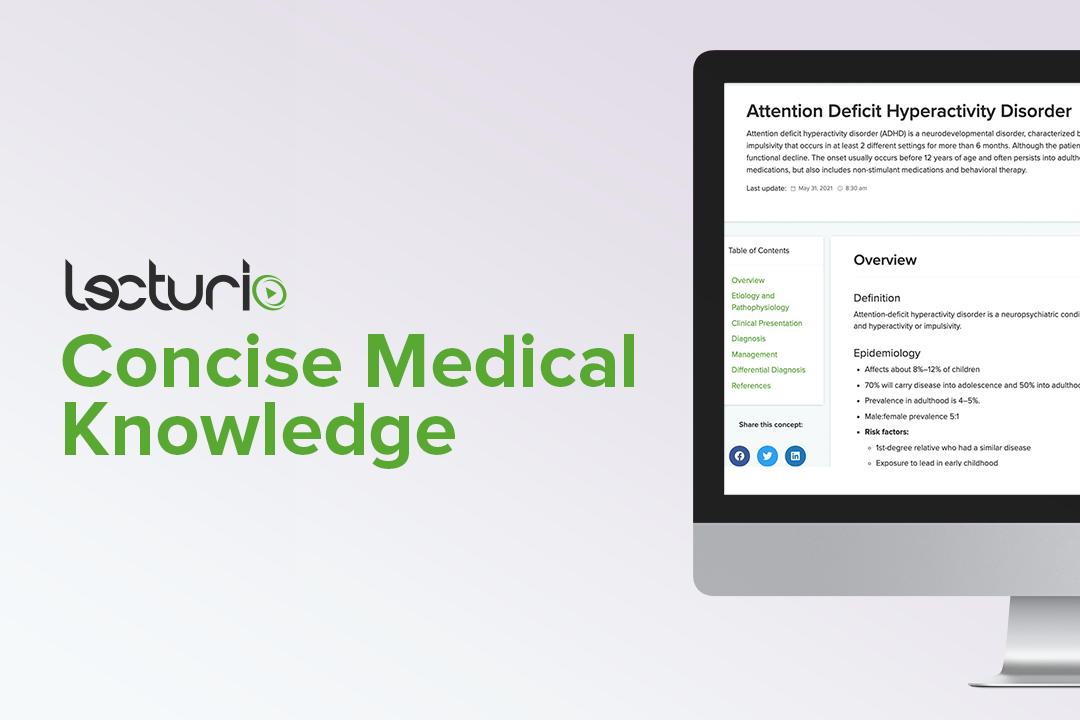Playlist
Show Playlist
Hide Playlist
ADHD in Pediatrics: Management
-
Slides ADHD Pediatrics V2.pdf
-
Download Lecture Overview
00:01 So if a patient meets these criteria for attention deficit disorder or attention deficit hyperactivity disorder, there are some things we can do to help improve the circumstances. 00:12 The first is around behavioral and family counselling. 00:16 It’s important to establish some key goals for the family and the patient. 00:21 For example, we can work on helping the family become more consistent with their parenting. 00:27 Providing more positive reinforcement. 00:29 Reducing distractions such as television watching or other things during tasks. 00:36 Likewise, we can work on social skill modifications. 00:40 This can be done with help from counsel or therapist. 00:44 And it’s important to intervene with school as well. 00:47 Schools are used to this problem. 00:50 Frequently, parents and physicians may assist with the development of an individualized learning plan, which can create a better environment for that child in school. 01:01 Examples might be altering the conditions of testing. 01:05 They may be recording or using technology to record lessons so that kids can later refer to exactly what was going on. 01:13 It may be they can get special instruction. 01:16 So we can alter the educational environment too to really improve the way that child is doing in school. 01:25 Additionally, physicians go through the decision process of whether or not to provide medications. 01:31 This is a somewhat controversial thing, although stimulants are routinely used in the United States. 01:38 It’s important though not to just rely on stimulants, but to address all aspects of care. 01:44 However, stimulants are commonly used, so let’s go through it. 01:47 So stimulants are in fact the first line therapy for attention deficit disorder. 01:53 We can use short or long-acting stimulants depending on the behavioral pattern. 01:58 So for instance if a child mostly only has troubles at certain times of the day, a short-acting stimulant at a certain time may be better or if it’s a really durational problem where it happens both at school or at home and it’s prolonged, a long-acting stimulant maybe your better choice. 02:16 There are also some non-stimulants that may be beneficial to patients. 02:21 Atomexetine is one possibility. 02:24 However, these tend to be a little bit less effective. 02:27 We usually employ them in cases where stimulants would have a substantial side effect profile that would hurt the patient. 02:34 For example, a child with a bad tic disorder or anxiety problem, which is worsened by stimulants. 02:41 The side effects of atomexetine include fatigue, somnolence or irritability. 02:47 Additionally, we can turn to alpha-2 agonists. 02:50 Examples are Clonidine or guanfacine. 02:54 These do not cause tic exacerbation and are a little bit better for sleep disturbance. 02:59 But they do cause sedation, so they might be a problem in school. 03:03 They also cause dry mouth. 03:05 We typically take these daily and they shouldn’t be stopped abruptly. 03:10 They should be gradually weaned off if a decision is made to discontinue this therapy. 03:16 So that’s my summary of attention deficit disorder in children. 03:19 Thanks for your attention.
About the Lecture
The lecture ADHD in Pediatrics: Management by Brian Alverson, MD is from the course Child Development and Behavior.
Included Quiz Questions
Which of the following is a non-stimulant therapy for ADHD?
- Atomoxetine
- Methylphenidate
- Atomantium
- Ondansetron
- Benzodiazepine
Which of the following statements regarding management strategies for ADHD is TRUE?
- A multipronged approach includes family counseling, establishing goals, and reducing distraction during tasks.
- Modification of social skills is not required.
- Only pharmacotherapy is necessary for treatment.
- Conforming to the same learning plan as other students provides structure.
- Increasing distractions during tasks will help a child with ADHD.
Which of the following are the adverse effects of atomoxetine?
- Irritability and somnolence
- Liveliness, hyperactivity
- Anxiety and manic episodes
- OCD and headache
- Depression
Parents of a 13-year-old girl are complaining about the behavior of their child. Upon examination, she is suspected to have ADHD. Which of the following is FALSE regarding ADHD management for this patient?
- Alpha 2 blockers are first-line therapy.
- Positive reinforcement should be provided.
- Social skills modifications are recommended.
- Reduce distractions, when possible.
- Short or long-acting stimulants can be used, depending on the behavior pattern.
Customer reviews
5,0 of 5 stars
| 5 Stars |
|
1 |
| 4 Stars |
|
0 |
| 3 Stars |
|
0 |
| 2 Stars |
|
0 |
| 1 Star |
|
0 |
Excellent lecture. I particularly liked the explanations around the medication. Thanks!






